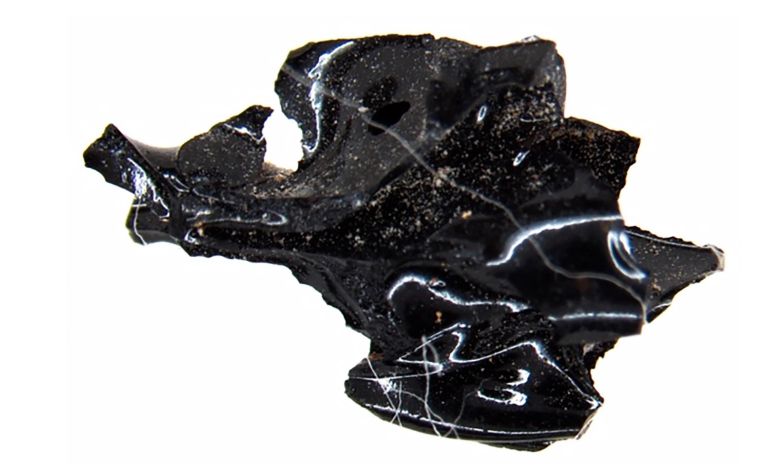Mount Vesuvius’ eruption in A.D. 79 remains to be the most fascinating natural tragedies in history. The devastating occurrence completely wiped out all signs of life in Pompeii, Italy, and surrounding areas. Almost 2,000 years later, victims’ remains, frozen in time and skeletons are all that is left from the people.
During the eruption, victims are believed to have died from flash heat. This means that body fluids and soft tissue were either vaporized or, otherwise, have decade away over time making recent findings a surprise.
A team of Italian researchers found what is possibly pieces of brain tissue but not in a state that one would expect. According to the study published on Wednesday in the New England Journal of Medicine, one victim from the town of Herculaneum was found with his brain still in his skull.
Lead author Dr. Pier Paola Petrone — head of University of Naples Federico II’s human osteobiology and forensic anthropology lab — says that “The preservation of ancient brain remains is an extremely rare find.”
He added, “This is the first-ever discovery of ancient human brain remains, vitrified by heat.”
The researchers believe that the Herculaneum man’s brain went through the process of vitrification. The process liquifies materials that are exposed to extremely high temperatures before cooling rapidly to form a glass-like material. This is how the brain tissue was found, in glass-like fragments as per NBC News.
In an email to the news outlet, Petrone said that the eruption’s intense heat burst the man’s skull open which exposed the “shining black glassy material” inside.






